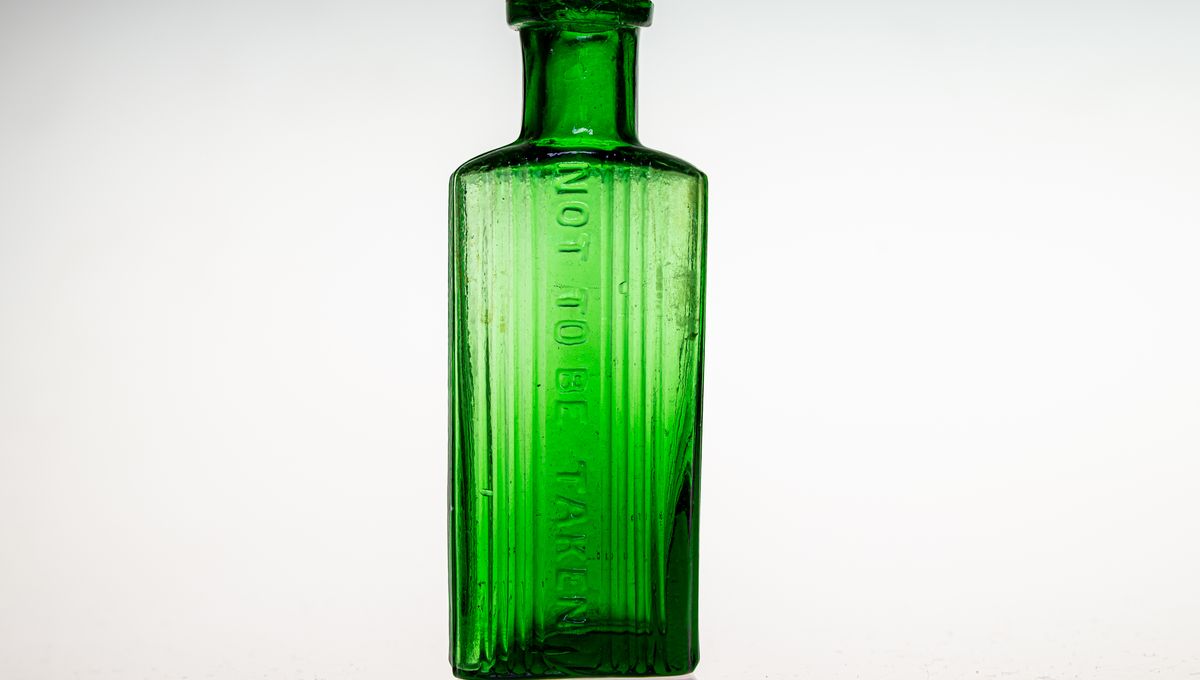Surviving in the Victorian era was no easy task. From arsenic-tinged wallpaper and books to sweets, the dangers were everywhere. Even reviving drowning victims had its own unusual methods. And if that wasn’t enough, in-home electric lighting didn’t become common until the 1920s and 1930s in the US and UK. Imagine trying to find medicine in the dark by candlelight, risking grabbing the wrong bottle and ingesting something deadly.
Accidental poisonings were rampant in the 1800s due to the cheap production of chemicals that were not meant for human consumption. Illiteracy, bad labels, and generic packaging only added to the problem. To address this, glass companies, chemists, and doctors started creating their own bottle designs to clearly distinguish between poison and non-poison substances.
In 1829, New York mandated that poison bottles be labeled with the word “poison.” This was later updated to include a skull and crossbones in 1853. In 1872, the American Medical Association recommended rough texturing on one side of the bottle.
The earliest illustrated example of a distinctively-shaped glass poison bottle dates back to 1805. These bottles were shaped like a kid’s ring stacking toy and were used to store laudanum.
The first patented poison bottles appeared in Britain in the 1860s, with Savory & Barker being credited with the first design in 1859. In the US, Joseph Harrison patented the first poison bottle in 1871. It was a striking cobalt blue shade with a raised diamond pattern.
So how could one differentiate between a bottle of cleaner or pest-control chemicals and a health tonic? The former were often colored blue, green, or amber, but that only helped if you could see them. To provide a tactile warning, the bottles were designed with textures such as bumps, grooves, dimples, ribbing, and ridges. Some even had the word “poison” embossed for a less subtle touch.
The shape of the bottle itself also served as a warning. Some were hexagonal, while others were shaped like coffins or skulls.
Today, bottles of dangerous substances have become more mundane. With improved literacy and access to light, we can easily identify what we’re consuming. However, these unique poison bottles continue to captivate collectors with their visually striking designs.








